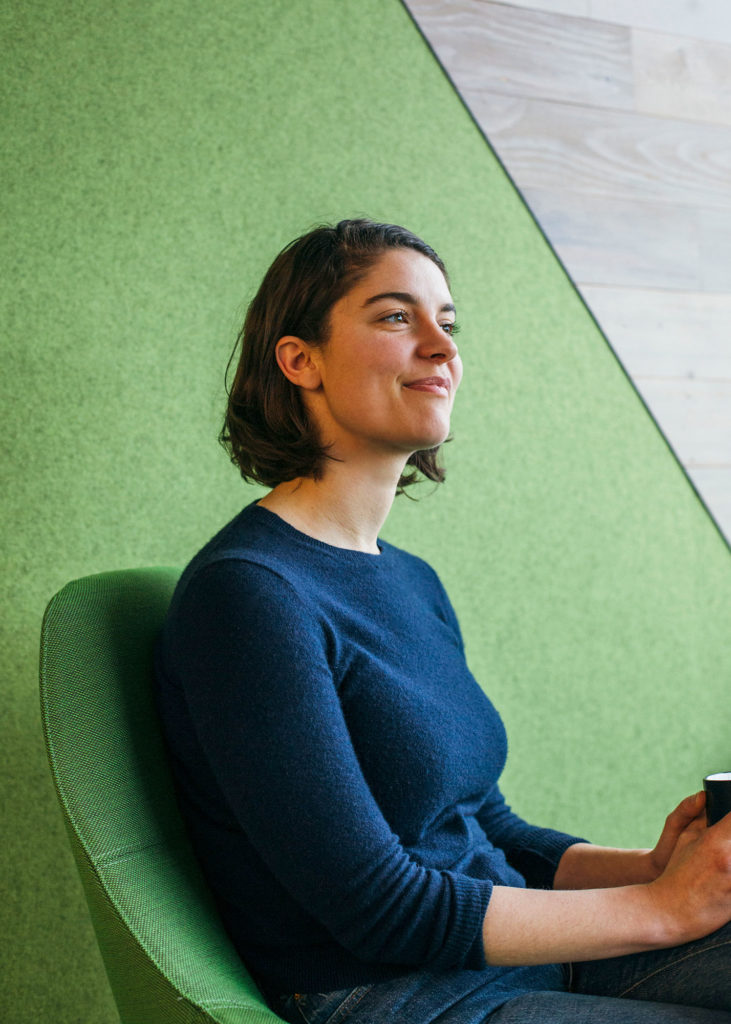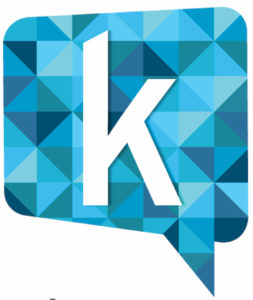In The Know | Adobe Experience Designer Ainsley Wagoner
 The sales funnel is dead, and by now we all know it. Outdated models charting a linear path from brand awareness to purchase have been replaced by complex, integrated models better suited for today’s digital world.
The sales funnel is dead, and by now we all know it. Outdated models charting a linear path from brand awareness to purchase have been replaced by complex, integrated models better suited for today’s digital world.
The Customer Decision Journey accounts for every touchpoint of the full customer experience, giving due consideration to the customer’s ongoing use of the product and the product’s ability to continue to sell itself and drive future sales. This new paradigm becomes increasingly relevant as more companies make the shift to subscription-based business models. The people we used to call customers, we now call users, and in a world where customer experience and sales have become so crucially intertwined, company’s experience design know-how can mean the difference between success and failure.
To gain greater insight into this critical subject, we consulted Ainsley Wagoner senior experience designer at Adobe, where she works on the company’s flagship user experience design tool, AdobeXD. After all, who better to talk about experience design with than someone designing the experience of one of the leading experience design products? (Try saying that five times fast).
We caught up with Ainsley at Adobe’s new campus in San Francisco’s design district to learn more about the global software leader’s approach, and how ethics are shaping the future of experience design.
Experience design is a broad concept that many people are still trying to wrap their heads around. How do you define experience design?
An experience designer, in the context of tech design, is somebody who thinks about the start-to-finish experience of somebody using a certain technology. This includes how someone discovers a product—how they even know it exists—what their experience is like downloading it, using it for the first time, how they learn about the product’s various features and so on.
Adobe likes to use the term experience designer as a catchall for almost all the designers that work here because we’re all responsible for thinking about the customer experience no matter what we’re designing. You can’t design any feature without thinking about how people find it and how they’re going to use it. Experience design is essential to all that we do here.
These days, brands are taking experience design really seriously. A customer’s initial purchase is just the beginning—brands are finding real value in optimizing the whole user experience. It’s not just about shepherding a person to make one purchase, it’s about building longer term relationships.

What pitfalls or missteps do you see companies making in their user experience (UX) design?
I think one huge one is when companies push their agenda on customers at the expense of the customer experience. An example of this is a pop-up on a website that says, “Sign up for our email list and get 30% off,” and the buttons to dismiss the pop-up are “Sign me up!” or “No thanks, I don’t want to save money.” That’s really unnecessary. That’s a company pushing their agenda on you. And it makes the customer feel bad, which is never good for business.
How might companies negotiate a balance between meeting the bottom line and ensuring that they’re offering customers a positive experience?
It’s really hard. I think that’s one of the hardest parts about being an experience designer: it’s our job to fight those fights. It’s our job to represent the customer, to see them not just as customers, but as fellow human beings. The best companies understand that if you make people feel bad not only is that ethically indefensible, it’s actually bad for business in the long term. Good user experience design is good business.
What are some of the challenges Adobe faces when it comes to experience design?
I can talk comfortably about my own product, XD. We struggle with this a lot because people really do care about keeping the experience simple. One of the big selling points of XD when it started was that it was really simple and using it made you feel calm and peaceful. We weren’t pushing anything in your face.
But as we developed in order to keep up with the competition we had to add new features and we sometimes struggle with finding the best way to tell customers about those features. We communicate updates through release notes and blog posts, but at the end of the day sometimes you need to educate people about these features in the app itself, through in-app hints. Maybe a customer is copying and pasting something over and over and so we’ll jump in and say, Hey! We have a tool for that! It’s called repeat grid, it’s right here.” So that’s one way to do it. But everyone here is worried about that becoming overwhelming and turning people off. The competition is stiff and we know that if we’re overwhelming people with messaging they’ll just use another product.
 How can brands fully leverage the power of experience design?
How can brands fully leverage the power of experience design?
Hire an experience designer, or bring in an outside agency with communications and design expertise like Karbo Com that can come in and do a user experience audit and offer a fresh perspective. It’s really important for brands to ensure that they have someone who is representing the customer’s perspective. Having someone on your team who is capable of putting themselves in the user’s shoes is crucial—that’s something worth investing in.
What is the future of brand experience design?
What I see happening is people are paying much more attention to the ethical implications of what we do. Making designs that are unpleasant for people to use or that eat away at their will power or trick them into buying something wasn’t really talked about as bad when I first started. It was even considered strategic. But now that kind of thing is being called out as ethically questionable.
How seriously will our society weigh the impact design has on people’s feelings, attention span, and willpower? There’s a discussion of ethics in design that’s been emerging in the past couple of years and that’s incredibly exciting. It’s hard in our capitalist, output-focused society to take seriously the way something is making another human feel because you can’t quantify that and that doesn’t make or cost money immediately.
But I think businesses are realizing that the way someone feels matters hugely. People want to feel heard, people want to feel special. People want to feel seen. This is something that experience designers know well, but the importance of that is more widely recognized now and I’m interested to see what implications that has.

Interested in upping your brand’s experience design game? Karbo Com can help. We specialize in creative PR services including:
- User experience audits
- Customer decision journey optimization
- Website design
- Brand messaging
Contact courtney [at] karbocom [dot] com to learn more.
Looking for more In The Know? Check out:
In The Know | Jay Adelson, Internet Visionary and Entrepreneur
In The Know | Hayley Sakae, Social Media and Content Coordinator at AdRoll